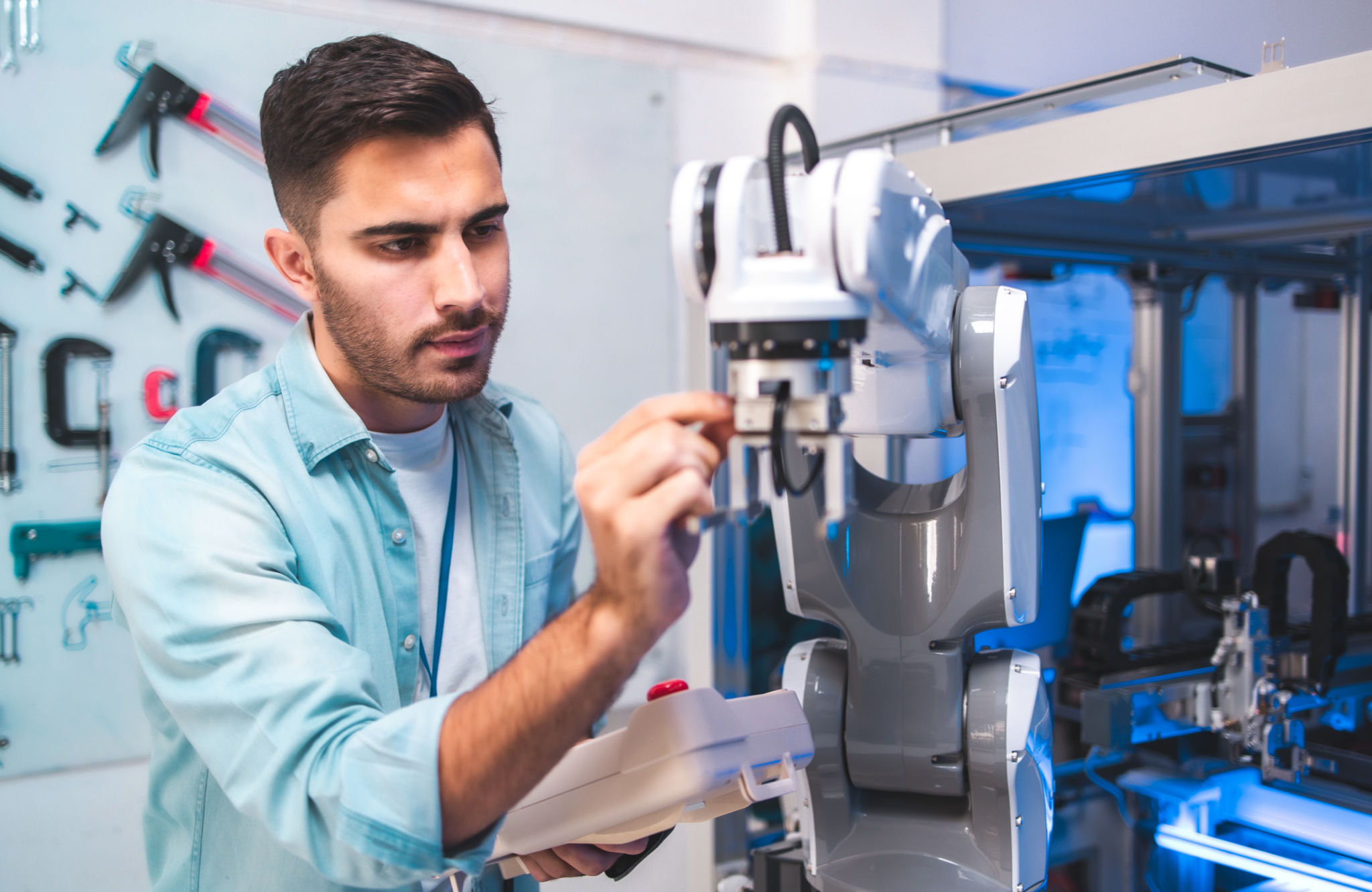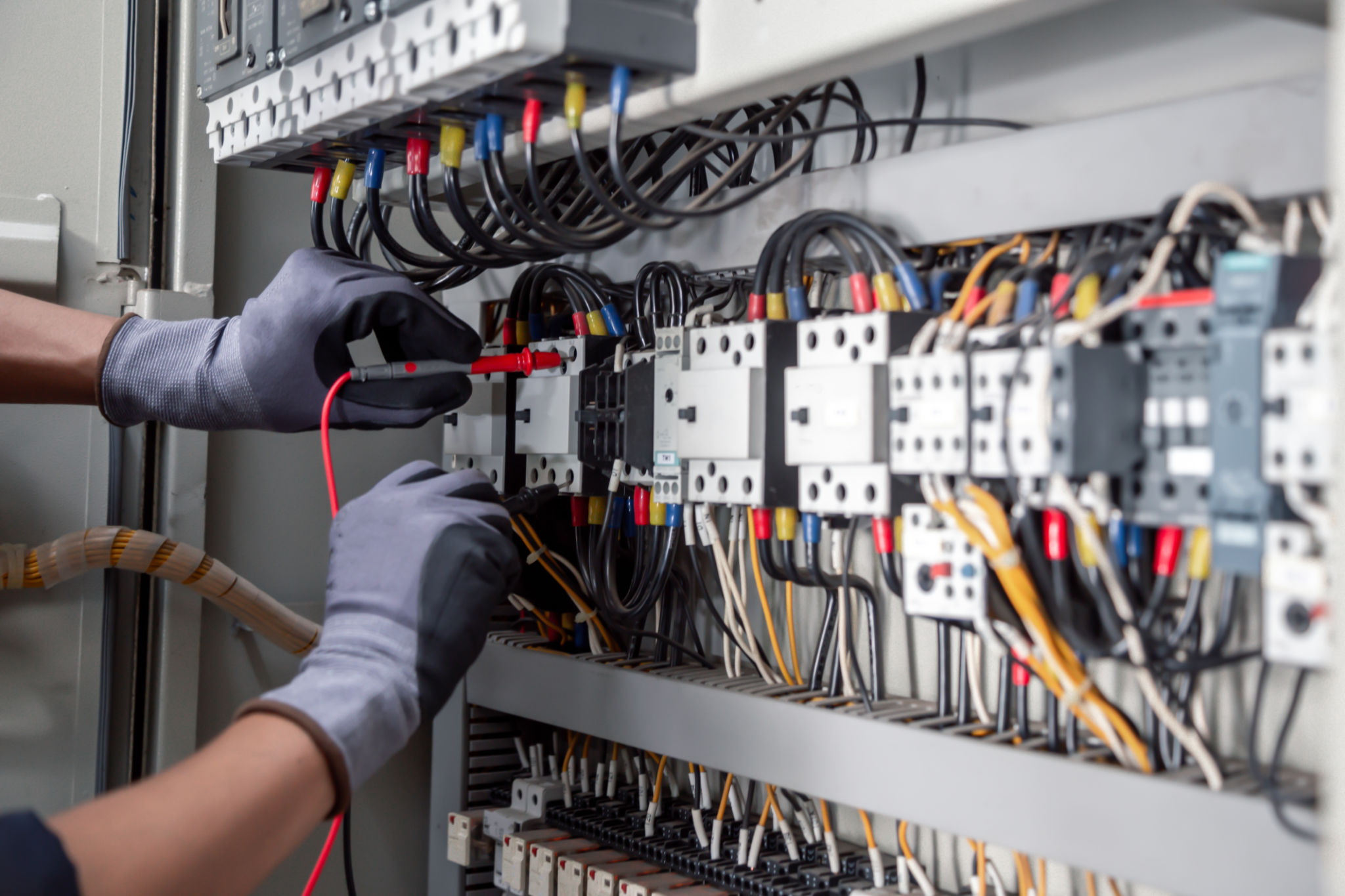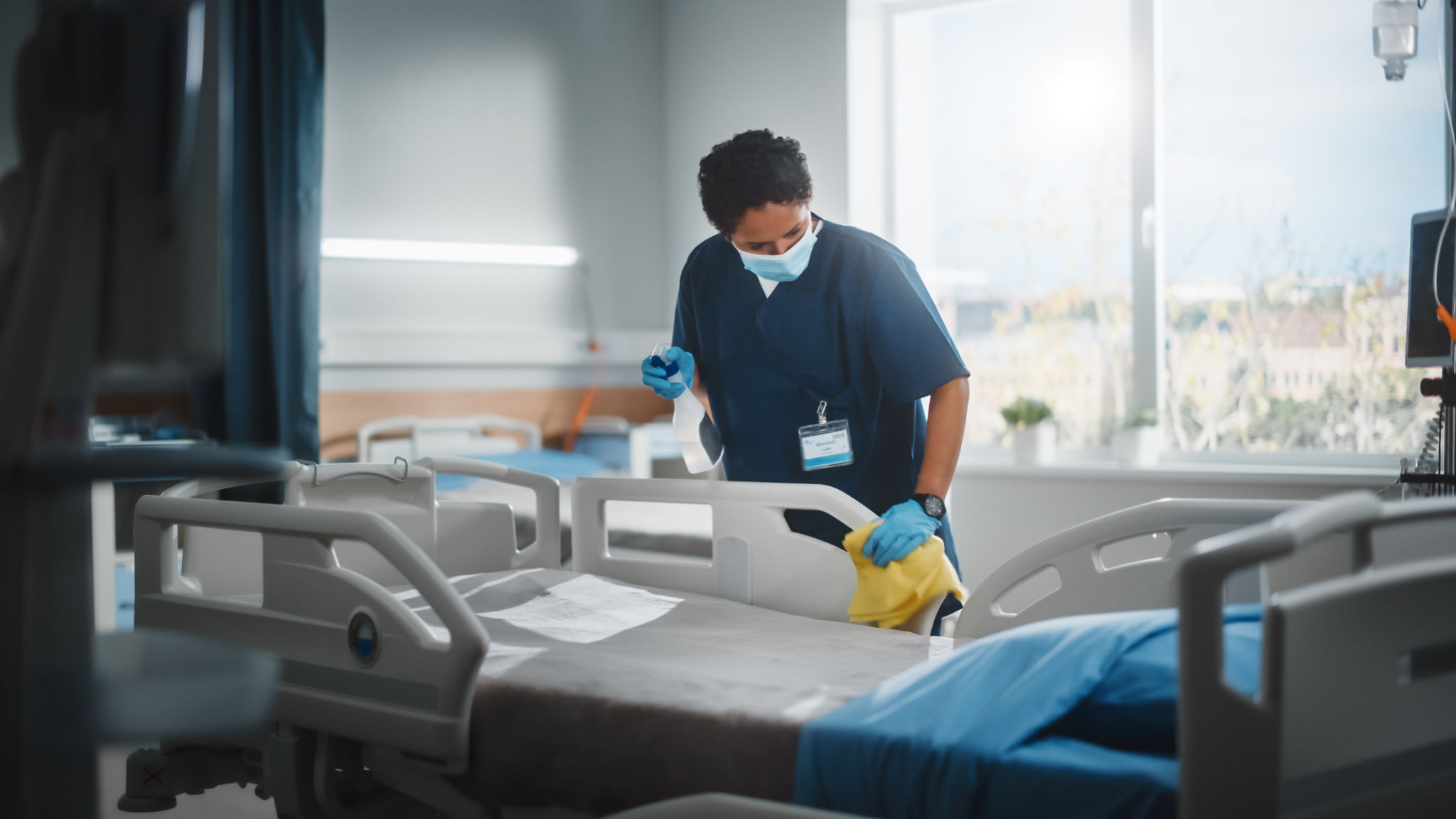Seasonal Maintenance Checklist for Medical Equipment
Importance of Seasonal Maintenance
Regular maintenance of medical equipment is crucial for ensuring reliability and safety. As seasons change, so do environmental conditions, which can affect the performance of medical devices. Implementing a seasonal maintenance routine not only prolongs the life of the equipment but also enhances patient safety and ensures compliance with health regulations.

Key Areas to Focus On
Temperature and Humidity Control
Fluctuations in temperature and humidity can significantly impact the operation of sensitive medical equipment. Ensure that the environment where the equipment is stored or used is adequately controlled. Regularly inspect HVAC systems to maintain optimal conditions.
Electrical System Checks
Electrical surges or power interruptions can damage medical devices. It's essential to check all electrical connections and backup systems. Ensure that surge protectors and uninterruptible power supplies (UPS) are functioning correctly to prevent any unforeseen disruptions.

Cleaning and Sterilization
With seasonal changes, particularly during flu seasons, maintaining cleanliness becomes even more critical. Regular cleaning and sterilization should be part of the routine maintenance protocol. This step not only ensures equipment longevity but also prevents the transmission of infections.
Surface Cleaning
Use appropriate disinfectants to clean surfaces and external parts of the equipment. Ensure that cleaning agents are compatible with the equipment materials to avoid damage.

Calibration and Performance Testing
Seasonal transitions can lead to calibration drift in medical devices. Regular calibration checks and performance testing are essential to maintain accuracy in readings and diagnostics. This step is vital for devices like blood pressure monitors, ventilators, and imaging equipment.
Professional Inspections
Engage professional technicians for detailed inspection and testing. Their expertise will ensure that all devices function optimally, and any potential issues are identified early.
Documentation and Record Keeping
Maintaining detailed records of all maintenance activities is essential for compliance and future reference. Document every inspection, repair, and calibration session to track the equipment’s history and anticipate future needs.
Implementing a Schedule
Create a seasonal maintenance schedule that outlines tasks, assigns responsibilities, and sets deadlines. This systematic approach ensures no aspect of maintenance is overlooked, thereby safeguarding both equipment functionality and patient safety.
